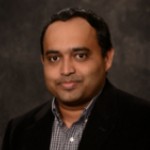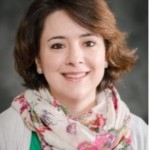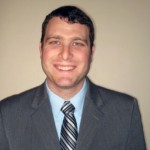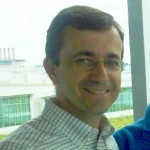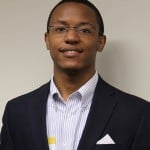 by Jenn Donovan, director of news and media relations
by Jenn Donovan, director of news and media relations
Three graduate students have received Graduate Research Fellowships from the National Science Foundation (NSF). Gregory Hardy and David Diesenroth in mechanical engineering and Christa Meingast in environmental engineering won the competitive fellowships. Benjamin Winter in civil engineering received an honorable mention.
